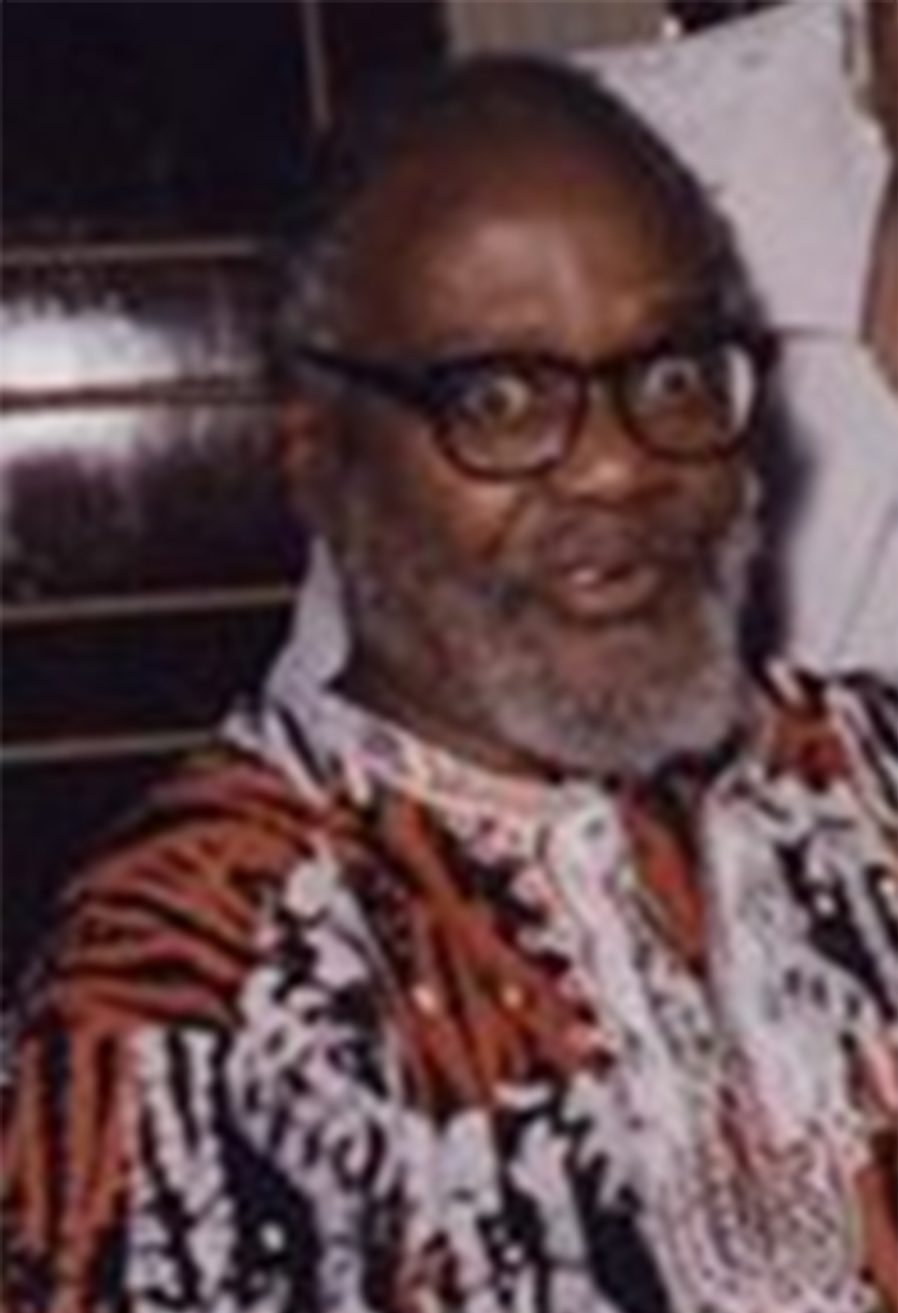One of the most distinctive, identifiable and representative poems in Guyanese literature is “Ol Higue” by Wordsworth McAndrew. It stands out in several ways as a Guyanese poem. National literature is never just one thing or one type – it is the sum total of its writers and their art: people, society, political base and human experience. McAndrew’s “Ol Higue” happens to be a poem with qualities such as subject, language and style, that demonstrate many things about Guyanese literature.
It is among such works that may be described as the face of Guyanese literature because of their distinguishing features. Another good example of this kind of work is the song “Not A Blade of Grass” by Dave Martins, which may also be compared with McAndrew’s poem. Martins’ work is part of Guyanese oral and folk literature. It is reminiscent of the work of American folk, blues, rock and traditional pop musician Bob Dylan, which was recognised by the Nobel Prize Academy as literature. But it also has this special place because it is so identifiable and appeals to popular sentiment in such a way that it is often jokingly called Guyana’s second or unofficial national anthem.
“Ol Higue” was most likely written in the 1960s by McAndrew who was a BBC trained radio producer and announcer as well as a poet and a highly celebrated folklorist. It reflects pre and post-independence Guyanese literature that was driven by nationalism, when there was a recognisable development of treatment of local and folk material such as the works of Sheik Sadeek or Angus Richmond (who was later followed by Rooplall Monar).
The ol higue is a supernatural character in local folklore, usually (but not always) restricted to an ordinary old woman by day, who has the power to change into a flying fiery creature at night who feeds on the blood of children. There are various ways of identifying and catching this witch and these are referenced in the poem, which contains a good deal of violence, inflicted, however, to defeat a harmful predator. The tale told is highly familiar to the Guyanese audience, who can identify with it and its characters. All the associated beliefs are dramatised.
The language is a deep form of Guyanese Creole (Creolese), reflective of 50 years ago. There is a mixture of creole and coined words, such as the “goobie” in which the ol higue hides her skin, and the “dutty-powder” which refers to the colour of the gown. The manicole broom is a special broom made from the manicole palm tree that is kept over the doorway of many homes in Guyana – even today. It is believed to be the only broom that can deter or be used to beat an ol higue. There is the word “tikkay”, which means “take care”, tr’ipse, a possible derivation of traipse, but used here for poetic sound, coupled with the movement described as a “semi-dodge”.
The verse form demonstrates the influence of the standard and the mainstream of English upon the folk over years of evolution. There is a strict rhythmic structure which employs the iambic metrical form. This structural characteristic is commonly used in calypso, soca or chutney, and McAndrew applied it masterfully, near perfectly in this poem.
Overall, this is a perfectly balanced poem, carefully measured in its rhythm, structure, lineation and rhyme. These are strict folk forms in a poem with popular appeal and treating a significant subject. A striking example of a Guyanese poem.








